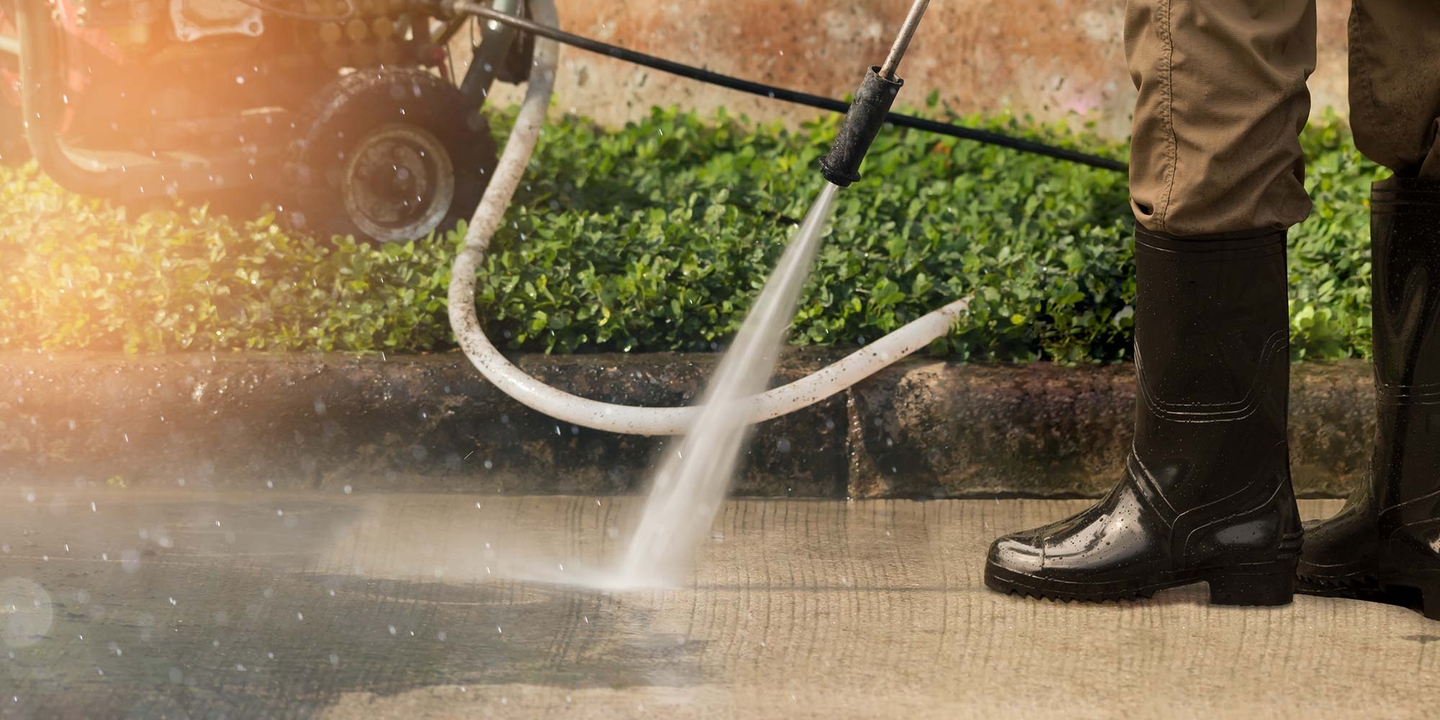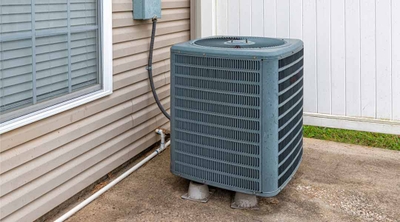Tips for driveway pressure washing
2 min read
Keeping your driveway clean isn’t a chore to be ignored. It can vastly increase your home’s value and curb appeal and should be part of your seasonal home maintenance checklist. Pressure washing a driveway is a simple task, but it does require some preparation and know-how to do it right.
Preparing your driveway for pressure washing
Pressure washing is fun, but don’t dive straight in. Before pressure washing your driveway, you’ll want to prepare yourself and your driveway.
Read the manual
Most pressure washers come with different tips for different surfaces. For instance, while you can pressure wash a concrete driveway, using the wrong tip can degrade the surface. The same goes for brick and pavers. If you use the wrong pressure washer tip, your homeowners insurance may not cover any driveway damage you might cause.
Clean your driveway of debris
You can do this with a broom or simply by moving things out of the way. A pressure washer uses a lot of water, and you don’t want to waste it by blasting a surface of leaves. The power of the water can easily damage kids’ toys on the driveway. Bearing in mind the amount of water a pressure washer uses, try and clean at a time when there isn’t a high demand for water in your home.
Protect yourself
Pressure washers are powerful; the water can cut the skin at certain angles. When pressure washing a driveway, ensure you have safety glasses, hearing protection, and proper work shoes. Do not pressure wash your driveway in flip-flops.
Clean with soap
There are various dedicated solutions for cleaning your driveway to break down dirt, oil, and grime and make it much easier to clean the surface. Learn more about how to remove oil stains from your driveway.
Cover your plants
If you have plants near your driveway and use a detergent, it’s a good idea to cover them with plastic to prevent them from getting harmed. The last thing you want is to clean your driveway only to kill your garden.
How to pressure wash a driveway
1. Start at the top and work your way down
This way, you won’t have dirty water running over areas you’ve already cleaned. Sweep the nozzle side to side and hold it at a steady distance from the surface of the drive.
2. Work in small sections
You don’t want to spread soap over the driveway at once. It will take you too long to reach those areas, and by then, it will have dried out. Instead, focus on smaller, individual sections at a time. Use those as boundary lines if your driveway has natural divides.
3. Work in the sunlight
Working in the sun might make the chore a more sweaty proposition. But you’ll be better able to see where the dirty spots are when its sunny than if you wait and try to wash your driveway in the shade or after the sun has set.
4. Apply a sealant
Once your driveway has dried, apply a sealant to protect it. Apply sealants with a rolling brush, filling in cracks to prevent further damage. A sealant will also repel dirt and stains, keeping your driveway clean for months.




